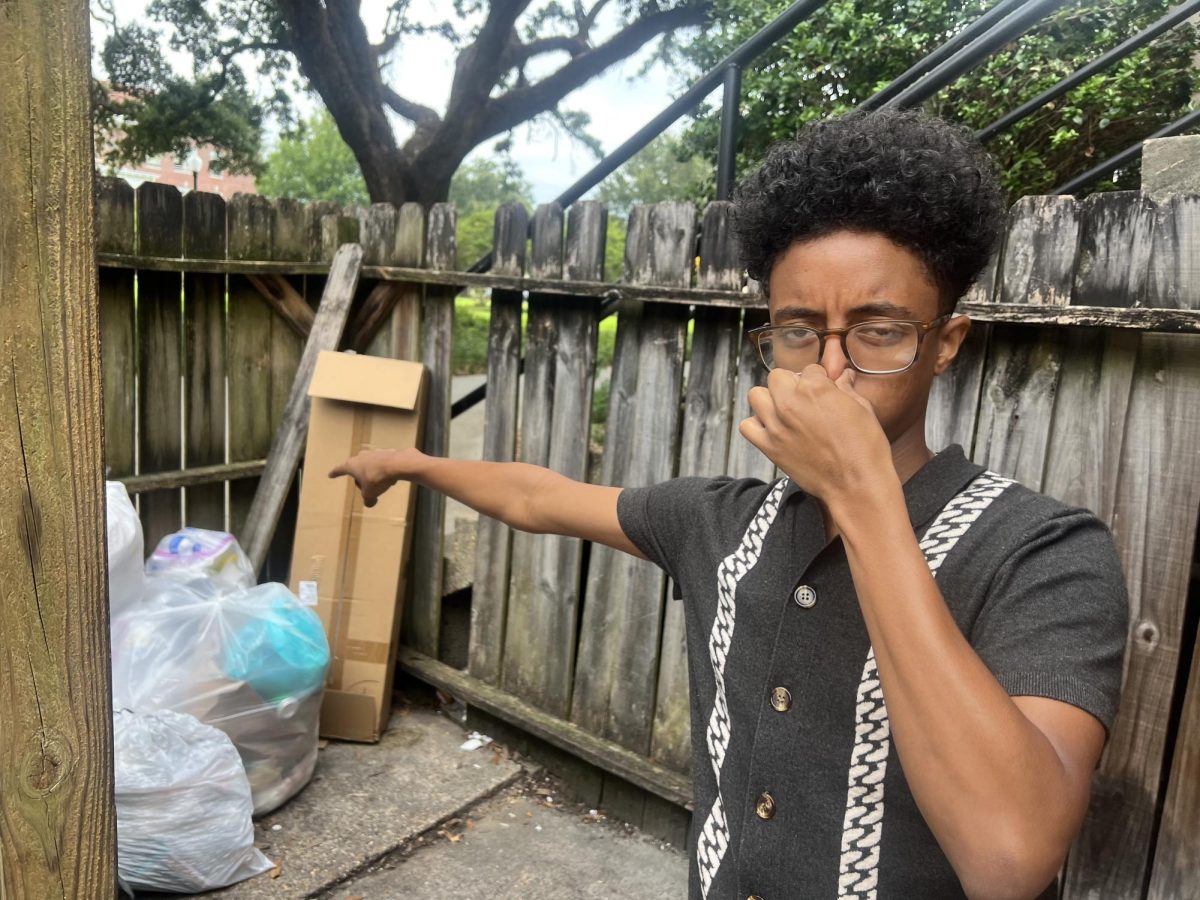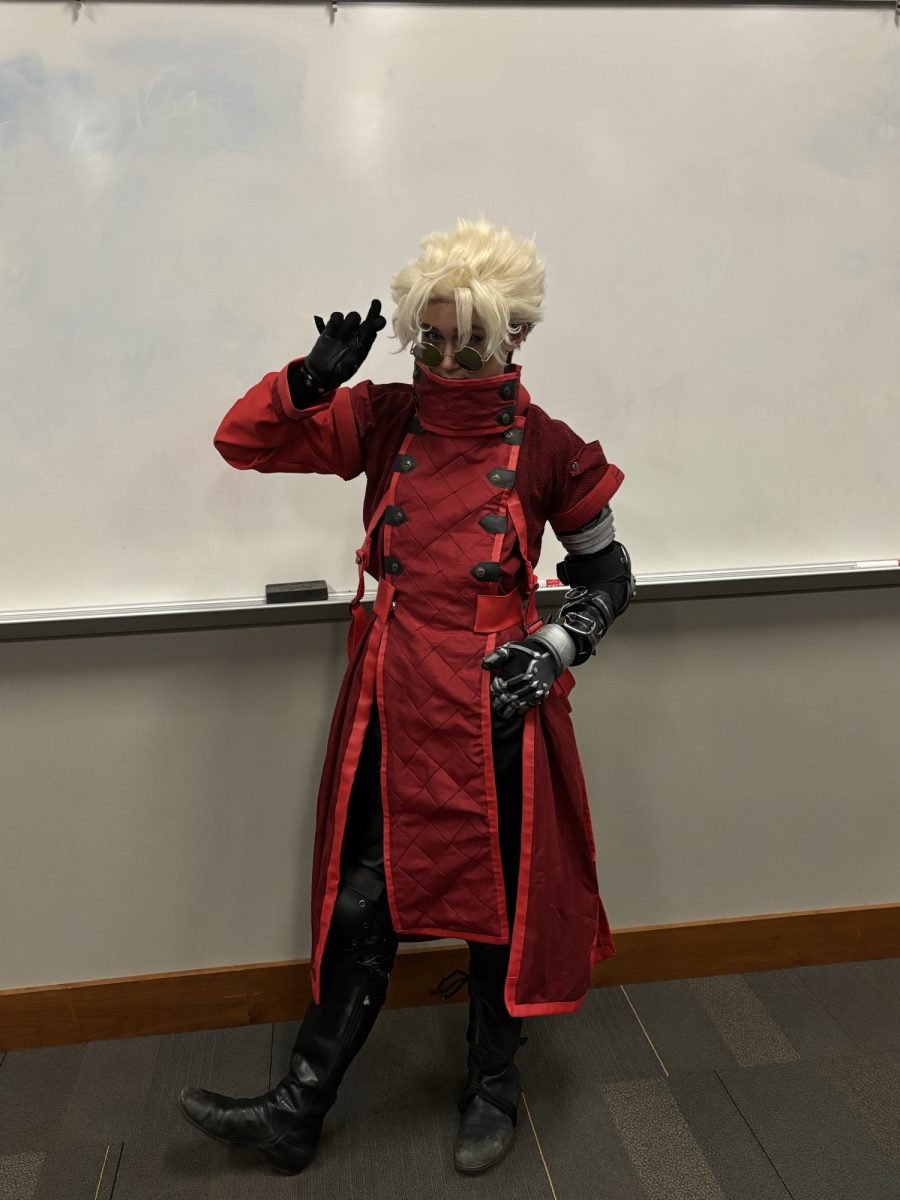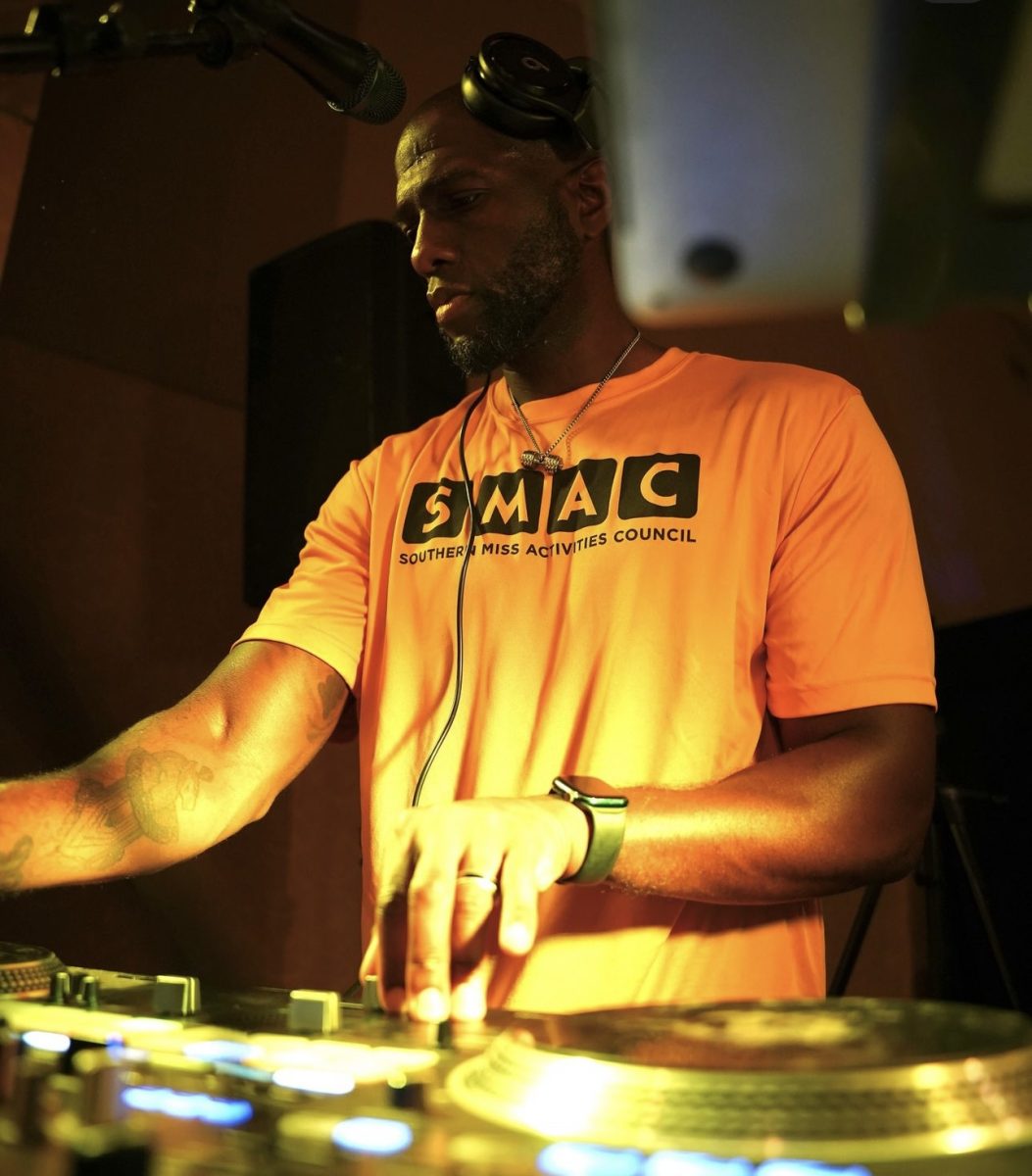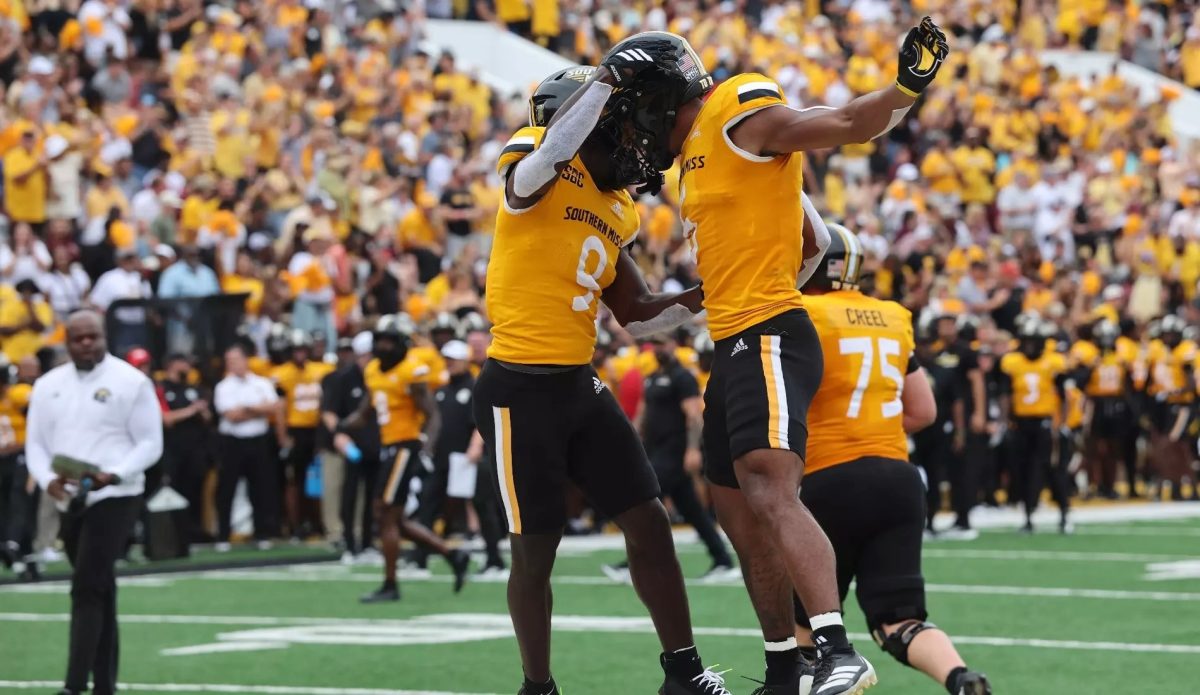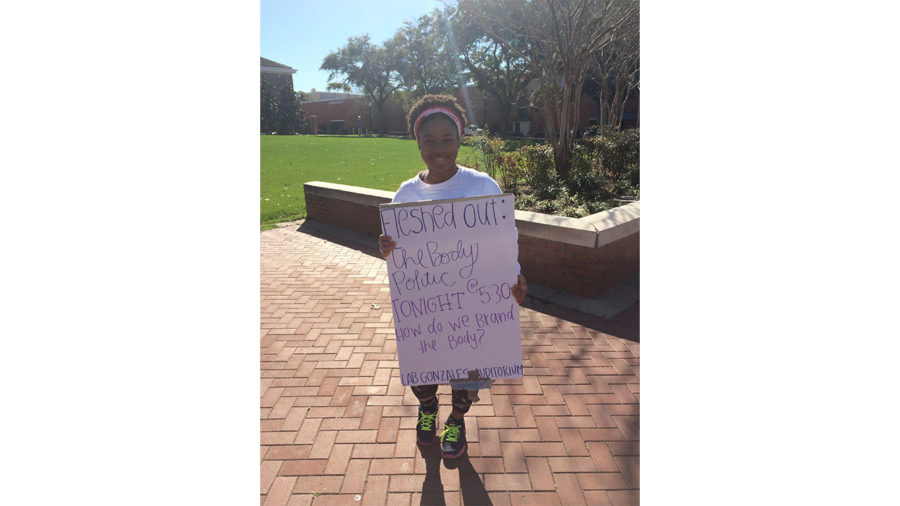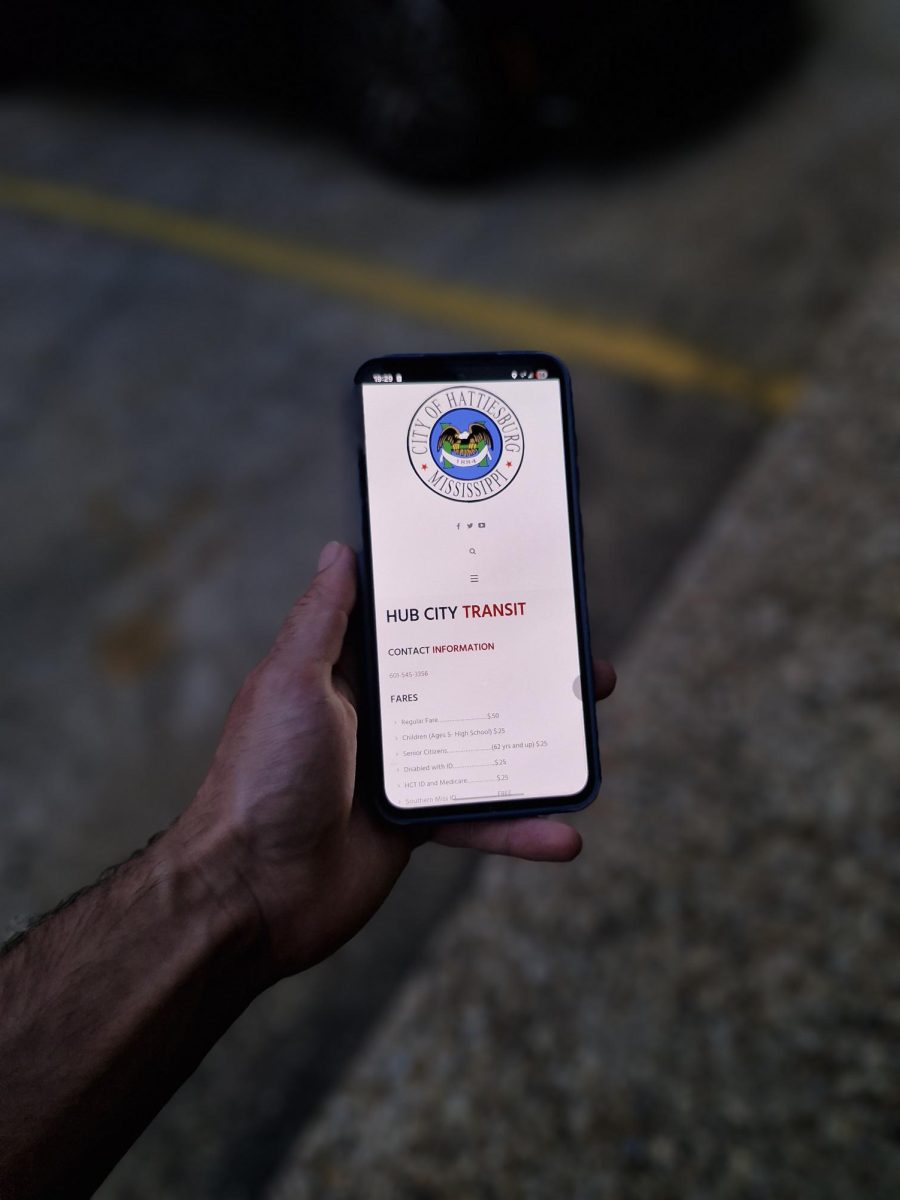Interdisciplinary Investigations hosted “How Do We Brand the Body,” the first session of the spring semester of the series “Fleshed Out: The Body Politic,” on Feb. 9.
This series includes performances, roundtables, lectures and discussions on how the body is a social construct and is more than just flesh and blood.
History professor Rebecca Tuuri presented the lecture with remarks on the topic given by marketing professor Gallayanee Yaoyuneyong and dance professor Elizabeth Lentz-Hill.
Turri’s discussion centered on what branding the body means, especially to African-American women. Branding involves marking one’s own body rather by physical changes or through clothing and other outward representation.
In the context of African- Americans, branding was often a sign of oppression from whip scars to other signs of bondage, according to Tuuri. Some physical marks were used to display the culture of the slaves’ homeland, which would become a liability if the slave ran away as they would be distinguishable.
Clothing and other adornment became a sign of agency in later years such as in the Jim Crow era in the South and during the Civil Rights Movement, according to Tuuri. Especially during protests such as the March on Washington, African-American women and men dressed in church clothes to represent their own empowerment.
Yaoyuneyong said Apple products, Nike clothing and other popular brands are identifying ways that characterize people as being similar to each other. Yaoyuneyung also questioned trends like stickers on MacBook laptops and the overly large T-shirts that characterize sorority girls.
She said people carry their brand. According to Yaoyuneyung what people buy, how they dress and what they carry with them all influences how others perceive them. Sometimes, brand can be controlled and people have no control over how others view them. Yaoyuneyung said the audience should be aware of how they brand themselves, both consciously and unconsciously.
Dance professor Lentz-Hill viewed the idea of branding from the position of movement. She discussed the impact of laying claim to a brand as both part of the body and a mindset. As an example of branding, Lentz-Hill asked those in the audience to close their eyes and picture a dancer. She then listed certain criteria that people automatically associate with dancers – being tall, white and skinny. Almost everyone in the diverse group raised a hand to show that was what was pictured. She explained how dancing trains the student to fit a certain brand, using the example of a ballerina. The form of ballet trains both the mind and body to be upright and to conform to a perfectionist view on the world thereby forming a “bunhead.”
One of the members of the audience questioned whether branding was inevitable upon which the three panelists unanimously agreed. The panelists said that perception exists from others, but one has the ability to choose his or her own brand. All three suggested that people try to be conscious over what claims their bodies.
The next session of the series is set for March 2 at the Thirsty Hippo and will focus on bodies that challenge social norms or have been labeled “deviant” by being heavily tattooed, pierced or otherwise different. Chair of the Department of Anthropology and Sociology Anne Marie Kinnell, professor of social work Susan Hrostowski and professor of English Emily Stanback will present on how a society seeks to control, modify or even eliminate those dangerous bodies.

